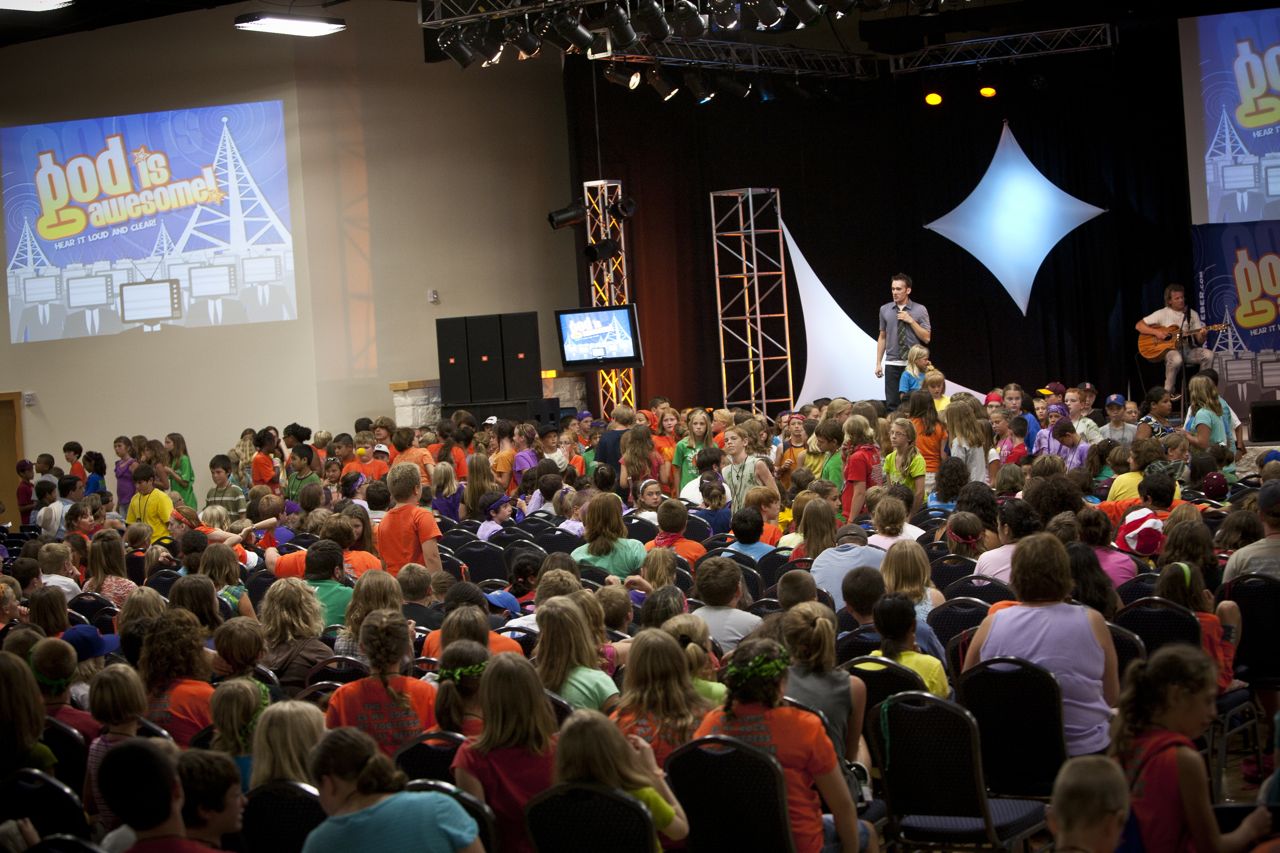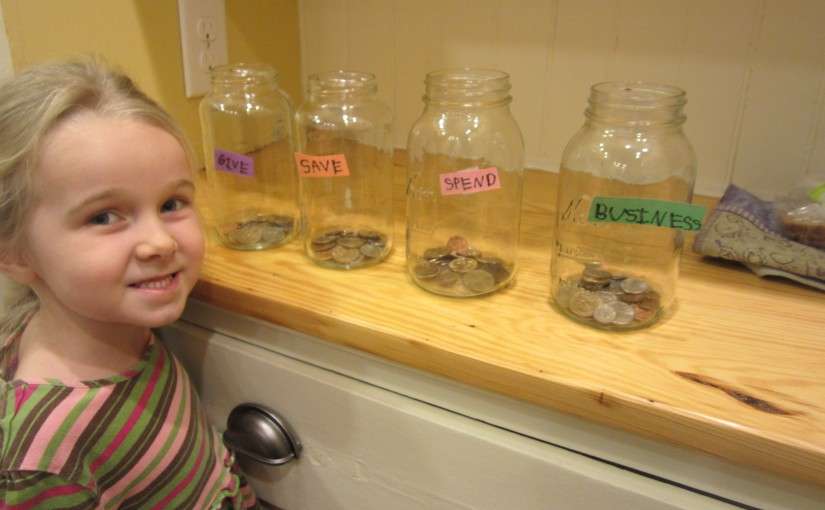
Category: Education
-

Overcoming Stage Fright
Read More: Overcoming Stage FrightI performed at a company holiday banquet on Sunday night in Pennsylvania. As I was eating dinner with the owner and his family, one of his children asked me, “Do you ever get nervous before your shows?” My answer was a quick and simple, “Yes.” Then I explained a little more. Yes, I still get nervous…
-

Teaching Kids About Money
Read More: Teaching Kids About MoneyThanks to Dave Ramsey and other financial teachers, we were inspired to use clear labeled jars to show our daughter how much money she has and how to categorize it. I know that she will grow up in an even more digital world than we did, which means money will become more and more “invisible”…
-

The Interrobang as a Metaphor for the Hypostatic Union
Read More: The Interrobang as a Metaphor for the Hypostatic UnionIf you have no idea what that title means, that’s OK. It is actually fairly simple to explain those weird words, which I will attempt to do. The “hypostatic union” is an important theological concept to understand about the person and work of Jesus Christ. It basically says that Jesus Christ is one person, two…
Search
Popular Posts
-
“Holy Fools”: Exploring the Journey of Calling for Christian Variety Performers
I am happy to announce that my PhD dissertation has been published to ProQuest, an academic database for published research. I have made the dissertation open source, which means anyone anywhere can access the full content free of charge. Here is the full dissertation: https://www.proquest.com/dissertations-theses/holy-fools-exploring-journey-calling-christian/docview/2622316783/se-2 Please share far and wide. I am very much excited…
-
The Easiest Large Group Game Ever
This is probably the easiest large group game ever invented. If you can think of an easier one, please let me know in the comments. Heads or Tails! This game of heads or tails involves EVERYONE in your large group. It is actually better the larger the group gets. There is an elimination factor to…
-
Book Release! Incredibly Bad Dad Jokes
I have been writing down my original Dad jokes for several years now, but recently they dramatically increased. While the past five months of my life have been the toughest for me as a Dad (with Annie’s medical crisis), the Dad jokes actually came out in full force during this season. You see, in my…
-
A Children’s Ministry Poem
From the mouths of children come questions galore about heaven and angels and Satan and more. They speak what their hearts say without holding back, so the wonder of God is something they never lack. Oh God, who are you? Who inspires the minds of little ones many, so that they may find this Jesus…
-
Joyner Family Christmas 2024 Update
Merry Christmas from the Joyners! Here’s a little bit of our life this past year. We hope and pray the Lord’s peace and blessing over you this Advent season. D – Our little guy is now 5 years old! This year he played Tee Ball in the Spring and started soccer this past Fall when…


